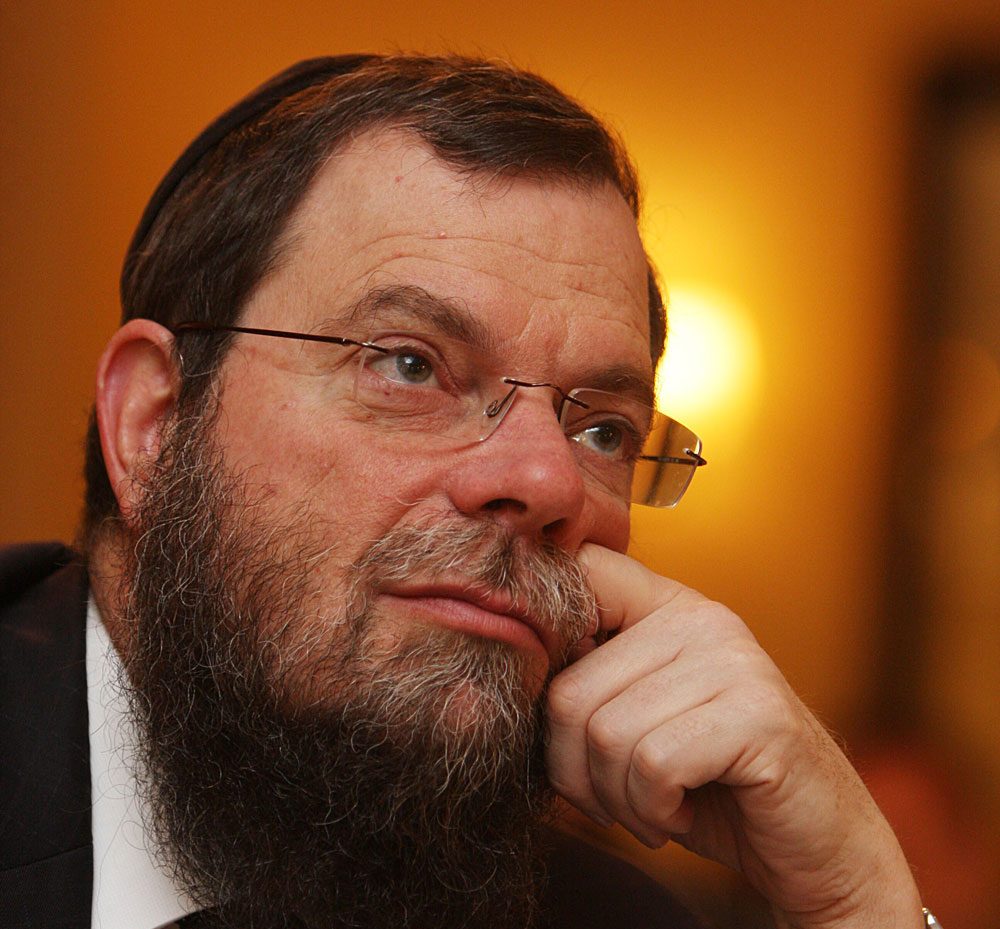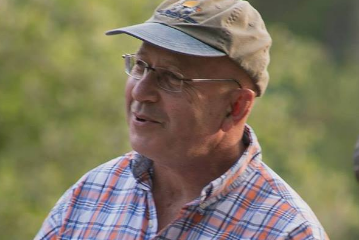
Religion

Lag B’Omer, fire, and faith
With the old Johannesburg General Hospital, Cape Town’s Table Mountain, and the University of Cape Town having suffered devastating fire damage just last week, I would imagine that the custom of lighting bonfires on Lag B’Omer will be somewhat subdued this year.
Perhaps it’s timely to ask where this custom originates. And, in general, how is fire looked upon in Jewish thought? What, is, in fact, the spiritual symbolism of fire?
If we go back to the very beginning of time in the Genesis story, we find that the first human, Adam, discovered fire on the very first Saturday night in history. It was the first time he had experienced darkness and, somehow, he was inspired to rub two flint stones together sparking a flame which enabled him to see in the night. This is the source for our weekly blessing over fire, “boreh meorei haeish”, in the Havdalah prayer recited at the conclusion of Shabbat.
Fire features prominently throughout the Bible and in the Tanach. Just a few episodes that come to mind immediately are Moses’ very first revelation from G-d at the burning bush, and the clouds of glory which miraculously guided and protected the Israelites during their travels in the wilderness which included a pillar of fire. During the great revelation at Sinai where we heard the ten commandments directly from G-d, scripture records that, “The whole of Mount Sinai was smoking because the L-rd had descended upon it in fire.” Indeed, the Torah itself is described as “a fiery faith”.
Tragically, twice in our history, our enemies set fire to Jerusalem and our Holy Temples, causing destruction and the enduring exile from which we have yet to fully recover.
Arguably, the most famous wedding speech one hears under the chupah is the one about the Hebrew words for “man” and “woman”, “ish” and “isha”. Ish (man) contains the Hebrew letter yud while isha (woman) contains the letter hay. Together, yud and hay spell one of the holy names of G-d. Remove those letters, and you are left with only the alef and the shin in each word, which spells aish, or fire.
The sobering message to bride and groom? Leaving G-d out of the marital relationship definitely spells trouble and may well bring a fiery end to the marriage, whereas the presence of Hashem in their home is a recipe for a life of happiness.
Not long after the people sinned with the golden calf, the Jewish people were remorseful but needed to do something meaningful to atone for their terrible mistake. G-d told them to bring a half shekel of silver as their penance.
But Moses was puzzled. How could the giving of a mere coin atone for such a grievous sin as idolatry? Rashi, quoting the Midrash, writes that G-d showed Moses a “coin of fire”. The Lubavitcher Rebbe explained that the concept of the coin of fire means that while a coin alone is certainly an inadequate atonement, if it is given with fire, meaning with passion and profound feelings of contrition and regret, it can indeed bring about the desired atonement. Thus, fire becomes a powerful symbol of a passionate and inspired spiritual experience.
Of course, fire has always been a symbol of warmth, light, illumination, spirituality, and even divine revelation as it pierces the darkness of the material world. But, as we all know only too well, fire can also be a source of horrific chaos and destruction. Fire can illuminate and open our eyes to new and higher realities. It can help us to “see the light”, but it can also wreak havoc and destruction.
Nuclear energy can fire up power plants producing electricity for an entire continent, but if it gets into the wrong hands, it can blow our entire planet to smithereens.
Fire, too, can be a positive tool for building, illuminating, welding, and bringing things together; or, it can be a weapon of mass destruction, G-d forbid. It all depends on the people using it and their intentions, whether noble or evil. When controlled with intelligence and sensitivity, fire can provide energy to fuel a nation. Unchecked, it destroys and leaves utter devastation in its wake.
In the Lag B’Omer story, besides Rabbi Akiva, the other hero of the day is Rabbi Shimon Bar Yochai, the second century sage who passed away on this day. Besides being a famed Talmudist, he is acknowledged as the author of the holy Zohar, the “Bible” of the Kabbalah and the father of Jewish mysticism.
Tradition has it that when he taught Torah it was, quite literally, a fiery experience. And, on that fateful Lag B’Omer day, when his holy soul was leaving this world, his face was so radiant that his students couldn’t gaze at him directly. And his entire house was shining with a fiery light, symbolising the powerful, spiritual light of his holy teachings. For this, as well as other reasons, we light bonfires on Lag B’Omer, especially around his tomb in Meron, the little town in Upper Galilee in Israel.
I will end with a Jewish proverb from the saintly sages of old that tells us: “After a fire, one is blessed with wealth.” So may it be for all who have suffered trauma and loss.
- Rabbi Yossy Goldman is the life rabbi emeritus at Sydenham Shul and the president of the SA Rabbinical Association.






